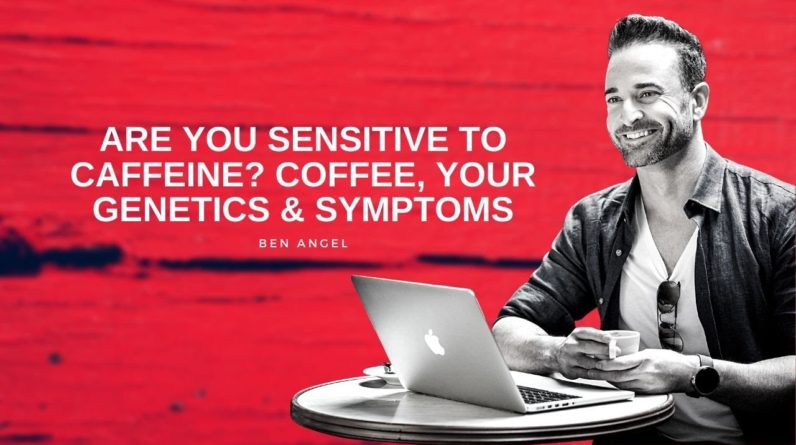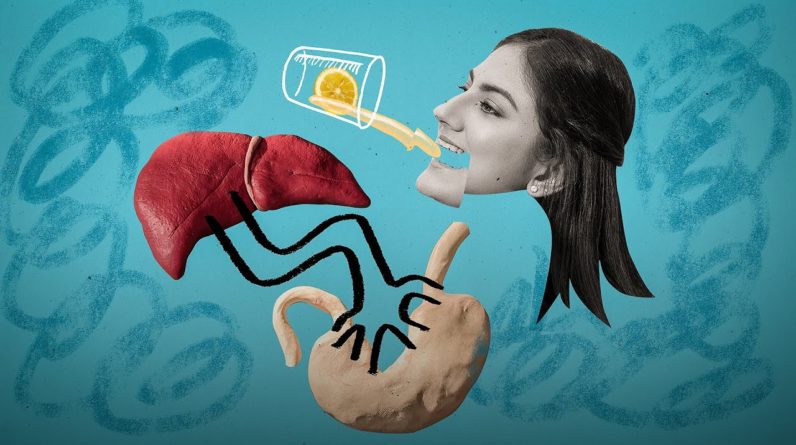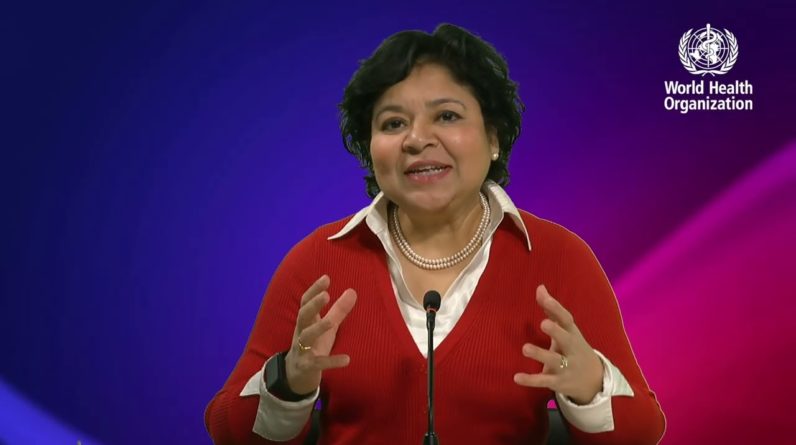
Blood pressure is the force the circulating
blood exerts on the walls of blood vessels. It is different in different types of
vessels, but the term ”blood pressure”, when not specified otherwise, refers to
arterial pressure in the systemic circulation. When the heart contracts and pumps blood into the
aorta, during systole, the aortic pressure rises, and so does the systemic arterial pressure.
The maximum pressure following an ejection is called the systolic pressure. In between
heart beats, when the ventricles refill, blood pressure falls to its lowest value
called the diastolic pressure. These are the 2 numbers on a blood pressure reading.
Blood pressure normally shows a daily pattern and is usually lower at night.
During day-time, it fluctuates with physical activities and emotional states.
Hypertension refers to a persistent high blood pressure.
In the US, high blood pressure
used to be defined as greater than 140/90, but recent guidelines have changed these
values to 130/80 to better prevent and treat the condition. Normal blood pressure is
below 120/80. In practice, blood pressure is considered too low only if it produces symptoms.
Hypertension does not cause symptoms on its own, but it slowly damages blood vessels, and in the
long-term, is a major risk factor for a variety of cardiovascular diseases such as stroke, aneurysm
and heart attack; as well as end organ damage such as renal failure or vision loss. For this reason,
hypertension is known as the “silent killer”. Hypertension can be classified as primary or
secondary, with the former being responsible for over 90% of cases. Primary hypertension has no
apparent cause and may develop as a result of old age, obesity, high-salt diet, lack of exercise,
smoking and drinking. Most commonly, the blood vessels are hardened with age or unhealthy
diets, making it harder for blood to flow. Secondary hypertension, on the other hand, is
caused by an underlying condition.

Many conditions and factors can cause hypertension; most notable
are kidney problems and endocrine disturbances. Regardless of the cause, the increase in blood
pressure is produced by either an increase in vascular resistance – narrower or stiffer blood
vessels; or an increase in cardiac output – larger volume of blood pumped out by the heart. These 2
factors are the targets of antihypertensive drugs. Treatments must start with life style
changes such as healthy, low-sodium diets, physical exercise and stress management. On
top of that, antihypertensive agents may be used to control hypertension. These include:
– Vasodilators: these drugs dilate blood vessels, thereby decreasing vascular
resistance and reducing blood pressure. – Diuretics: diuretics promote
sodium and water removal by the kidneys and thereby decrease blood volume.
– Drugs that decrease cardiac output by decreasing heart rate or contractility,
may also be used to treat hypertension..







